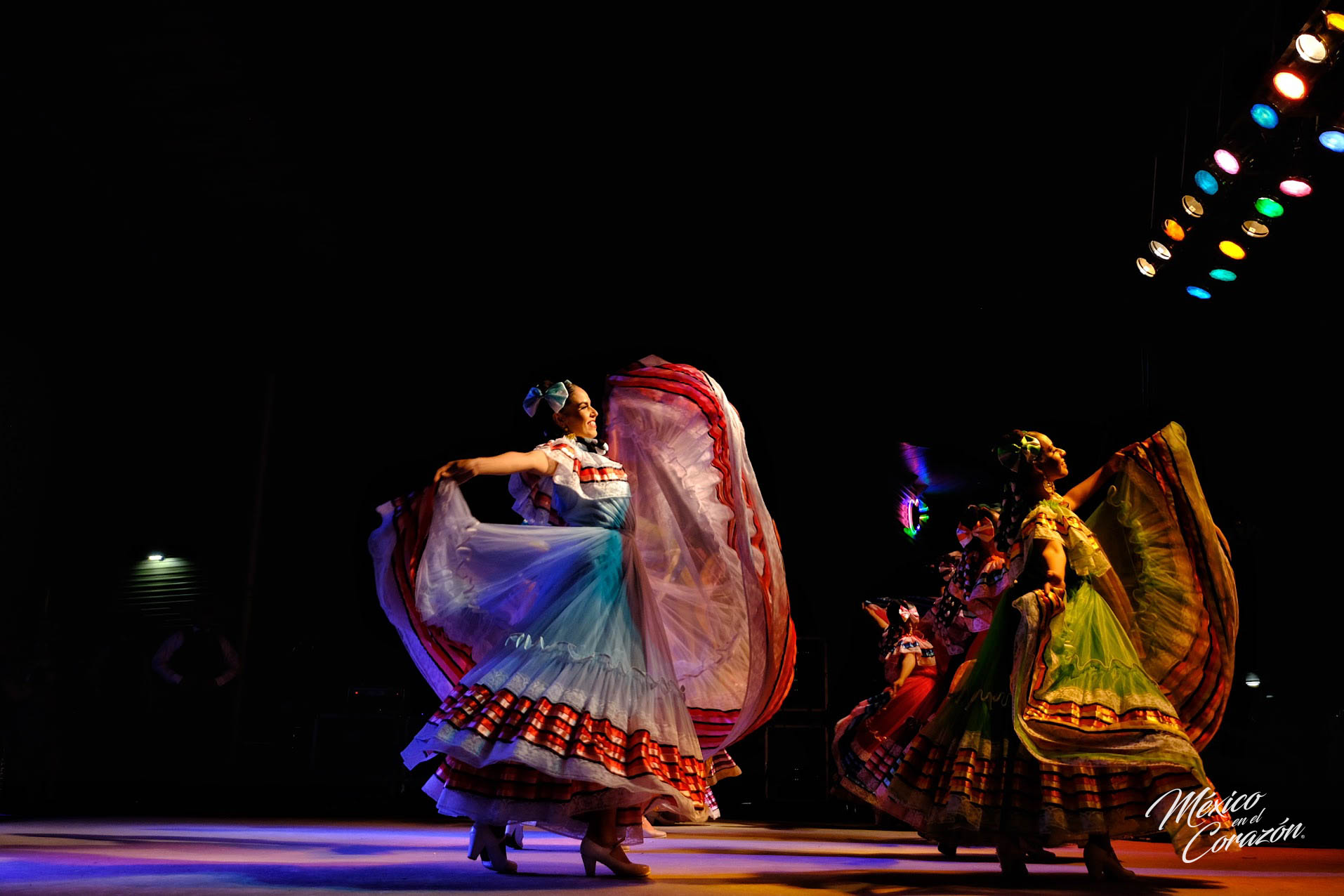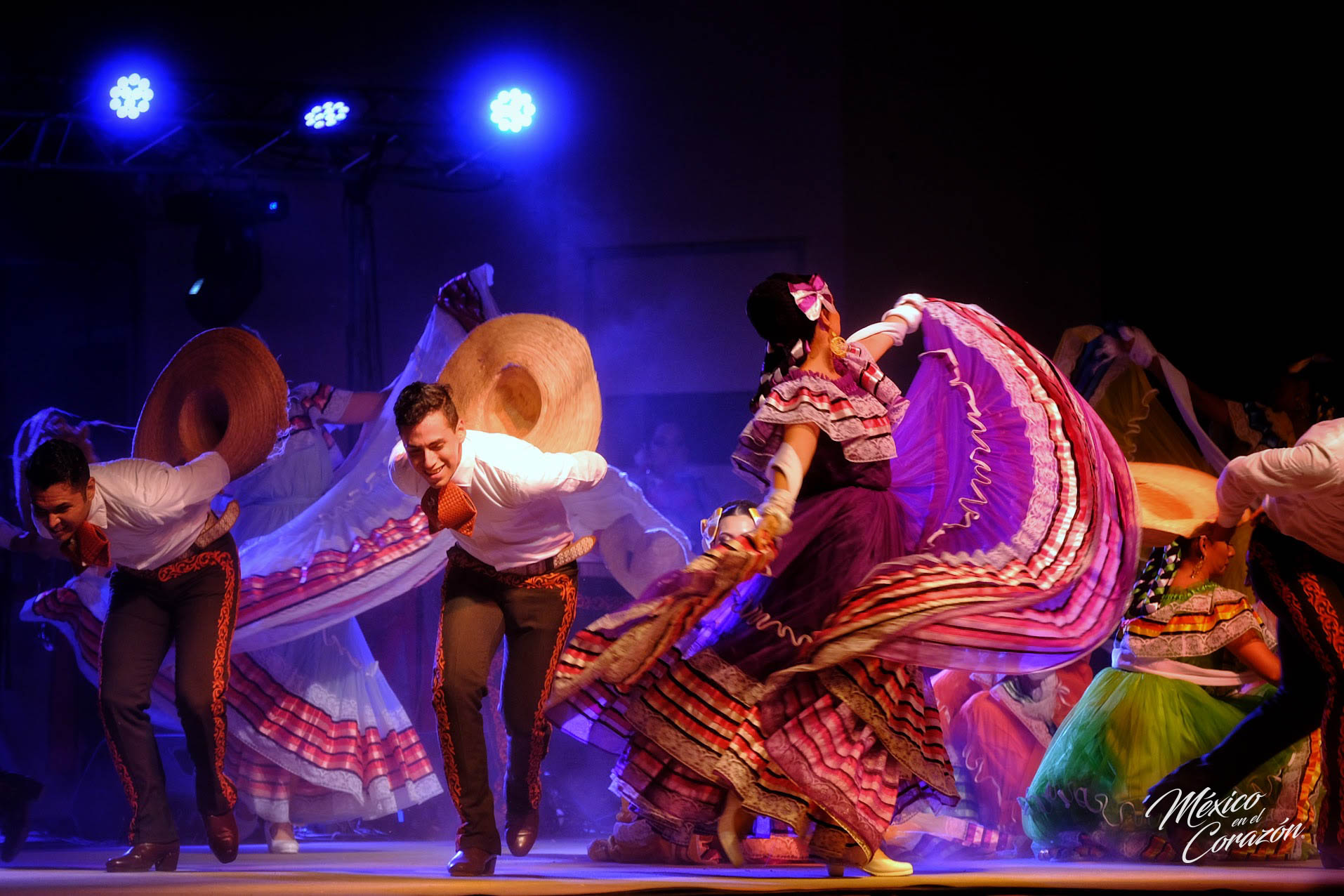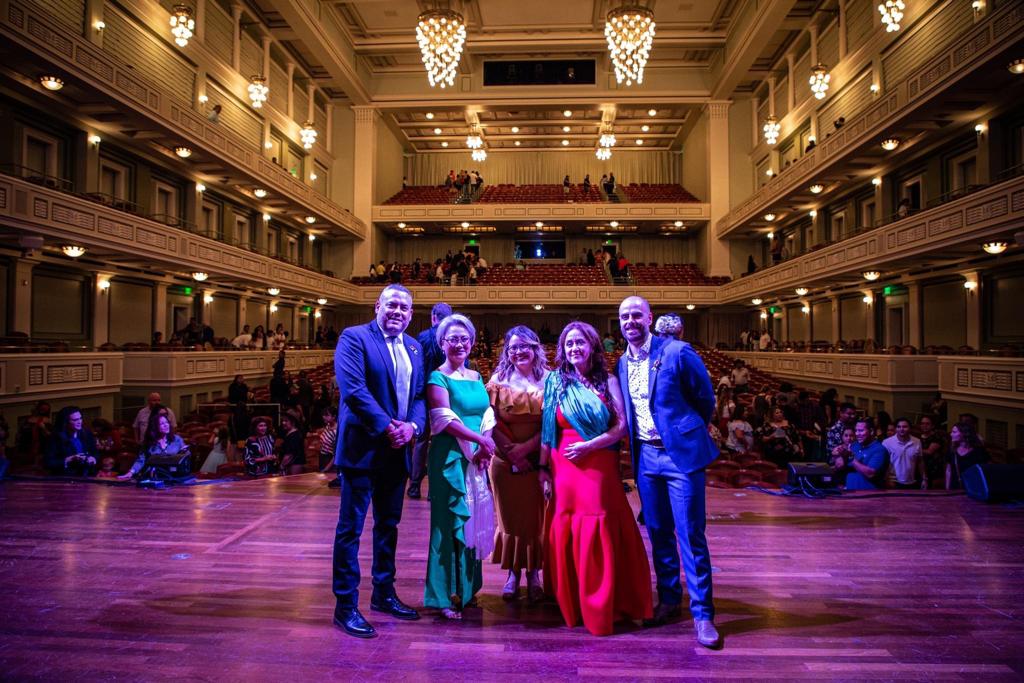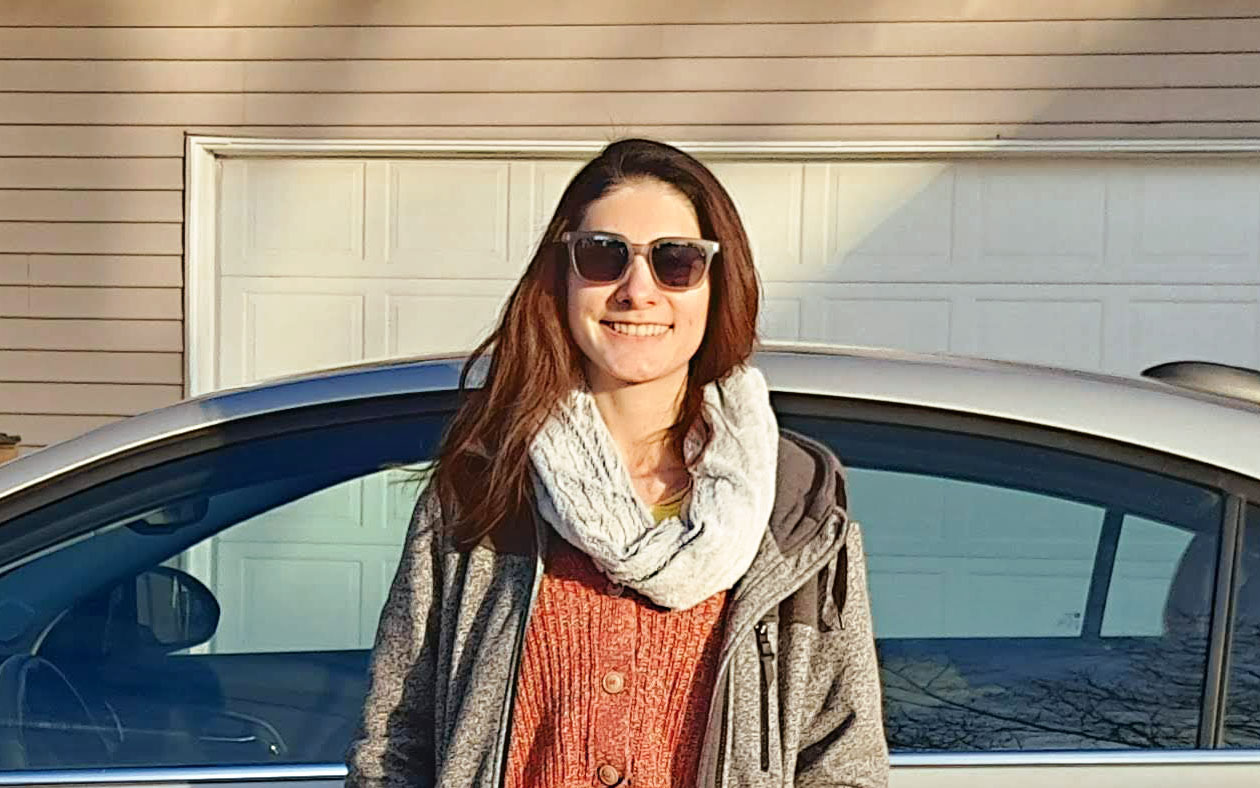At the Schermerhorn
With elegant “zapateados”, México en el Corazón makes the stage boards vibrate at the Schermerhorn
-Como acompañarse con mariachi, para hacer llorar a esa canción, que en el sur se toca con marimba y en el norte con acordeón-
“México En La Piel,” José Manuel Fernández
A hand fan of sensations waved gracefully and vehemently at the height of the Schermerhorn Symphony Center’s stage on August 24th. On this date, México en el Corazón, an initiative of NAIMA (North American Institute for Mexican Advancement), inaugurated its East Coast tour in the city of Nashville. This music and dance show of Mexican folklore brought together the outstanding artists of Mariachi Juvenil Colotlán, Banda Colores, Pepe y sus Pepillos, Mario Nandayapa Quartet, and the Ballet Folclórico Guadalajara.
The elegant poetry in the song “Este es mi México” which pays homage to the Mexican country, opens the route to Aguascalientes and its Feria de San Marcos. This recognized Mexican fair, with more than 190 years of tradition, welcomed more than ten million visitors in this year’s edition. Its events include parades, livestock expositions, and sports competitions; its biggest attraction is the Palenque, a stage that offers musical shows with internationally renowned artists. Cockfighting is a symbol of this fair, as well as the singing and dancing of what in Aguascalientes is considered an emblematic song, Pelea De Gallos. On stage, the gentlemen of the Ballet Folclórico Guadalajara are divided into two groups facing each other in a duel of foot tapping. These dance movements alternate with the delicate figures of the maidens that accompanied them.
The streets of Zacatecas are the next destination. A festive caravan accompanied by a tamborazo (genre), ascends the aisles of the auditorium interacting with the public between dances and mezcal toasts representing the callejoneadas. These are pilgrimages that start at the Plaza de Armas and move through the streets of the Historic Center of Zacatecas. The tradition began when the miners went out to celebrate payday and to give thanks that they were still alive. The party continues on stage among red and white costumes, and the mezcal bottles serve as an eye-catching element in the choreography of the dances.
The brass of the tamborazo gives way to the woody echo of the southern marimba. The audience is now immersed in the green hues of the mountains of Chiapas. Mario Nandayapa Quartet is the protagonist in this new atmosphere in which the granadillo wood keys carved in the workshop of the Nandayapa family, recognized since 1917 for building the marimbas of Chiapas, are percussed with agility and pride. The lucid craftsmanship of the costumes of the dancers enriches the colorful landscape, this time the Ballet Folklorico Guadalajara is allowed to stroll with freshness on the boards to the rhythm of the sones.
Now the route takes a direct flight to the north of Mexico. The evenings of the old Bohemia have moved between horseback rides to the state of Nuevo León. The accordion leads the celebration of the couples who vehemently set the pace imitating the gallop of the horses. The ladies and gentlemen indulge in a gallivanting of spins and stomps that showcase their strong dance skills. The European influence on traditional Mexican music is again visible in the performance of the psaltery, an instrument introduced to the center of the country during the viceroyalty. The virtuosity in the playing of this instrument keeps an astonished audience that stops breathing to allow the metallic strings to vibrate freely.
The Mariachi Juvenil Colotlán returns with a repertoire of classics that thrills every generation present in the auditory. Cielito Lindo and 2023 hit Qué Agonía, were enough to invite an entire audience to sing along in one voice. The singers search the audience for faces to dedicate their lyrics to and encourage them to join in at the microphone. Me Cansé De Rogarle, Acá Entre Nos, and Sigo Siendo El Rey, progressively ignites the joy of the Mexican citizens and spread enthusiasm to the other nationalities present. Between ovations and the unmistakable “Mexican shouts,” the audience cheers for more songs. The Ballet Folclórico Guadalajara cannot say goodbye without delighting us with the colorful and sonorous steps of the Jarabe Tapatío.
The journey, impregnated with the most representative dances and celebrations of Mexico, landed on the community of compatriots established in Nashville and its surroundings, to allow them to savor once again the joy of feeling at home. However, there were songs that would also evoke the nostalgia of being separated from their land. Canción Mixteca describes with deep longing the thoughts of a migrant, and México En La Piel is in charge of giving definition back to those memories of an exuberant country due to its landscape and its culture. México En El Corazón is not only the name of this event but also a song that narrates the situation of Mexicans migrating to the United States. The song’s lyrics are the work of composer Jessica Duval, who was inspired by the story of Sergio Suárez, president of NAIMA. This organization promotes economic and cultural initiatives, as well as the creation of laws and public policies for Mexican citizens residing in the United States. NAIMA along with the Casa de la Cultura Latino Americana, the Tennessee Arts Commission, the Nashville Symphony, and a group of important sponsors made possible this completely free experience in the city of Nashville.




